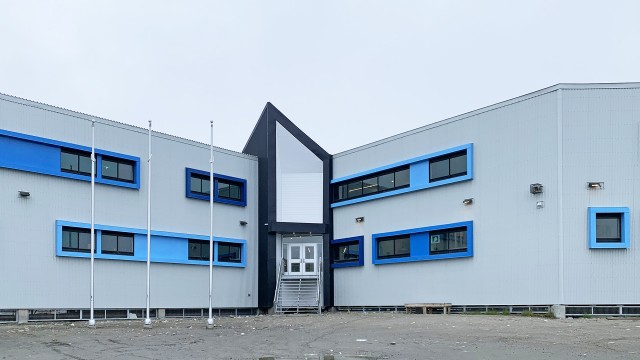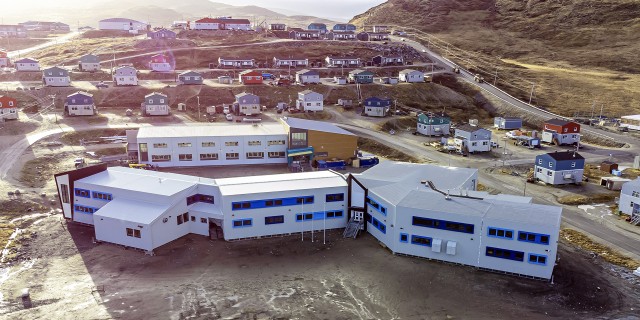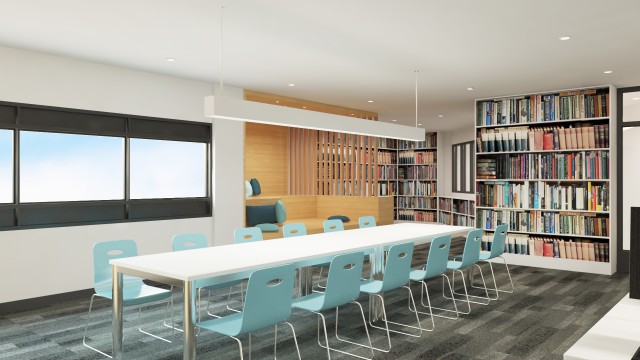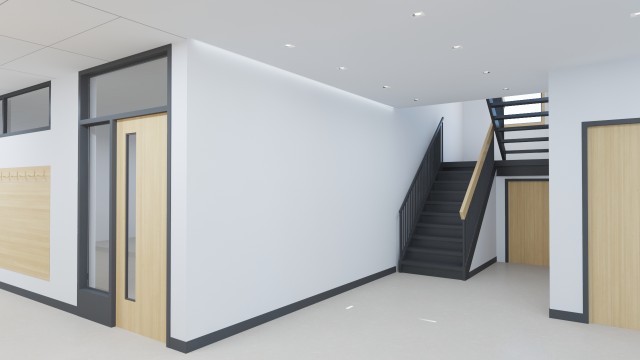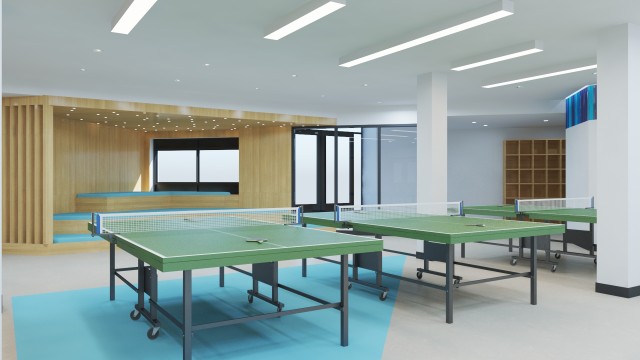Expansion and Renovation of Ikusik School in Salluit
To serve the growing population of Salluit (Nunavik's second most northern community), the Kativik School Board (Kativik Ilisarniliriniq) commissioned Jodoin Lamarre Pratte architectes to expand and renovate the Ikusik primary and secondary school. This 3,976 m² project—including two extensions of 374 m² and 560 m² at either end of the existing structure—will add fourteen classrooms, create specialized and administrative spaces, and bring existing spaces up to date. Since one of our team's primary objectives was to create a stimulating space for all, a list of architectural proposals was submitted to the Ministry of Education and Higher Education (MÉES) as part of its school improvement program. The redevelopment and addition of new spaces improves the physical and architectural qualities of the site, creating an environment that is conducive to learning and academic success and promotes wellbeing.
Location
Scale
3 976 m² / 24 M$
Completion
2018 — 2021


Jodoin Lamarre Pratte architectes has designed and supervised the construction of projects in northern Quebec since 1984. Building in this region involves a series of challenges that our team has learned to work with over the past decades. These include construction methods, site conditions, and material selection, all of which must be adapted to the extreme climatic conditions (cold, snow, high winds, permafrost instability) and the limited accessibility and material availability. Some of the challenges of teaching in this context were also taken into account in the design of the interior spaces of Ikusik School, by favouring ultra-resistant materials and the development of soothing environments. This contributes to establishing a climate that nurtures wellbeing, exchange, and learning.
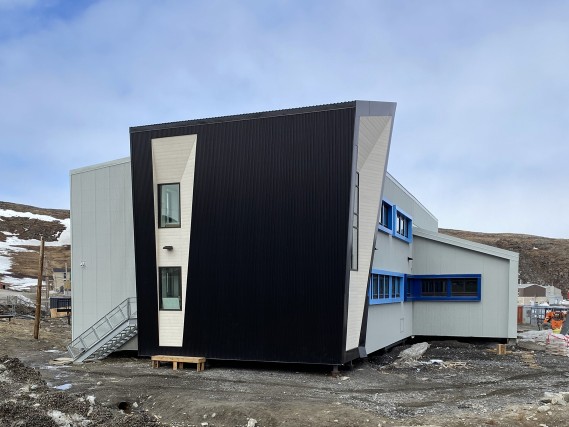
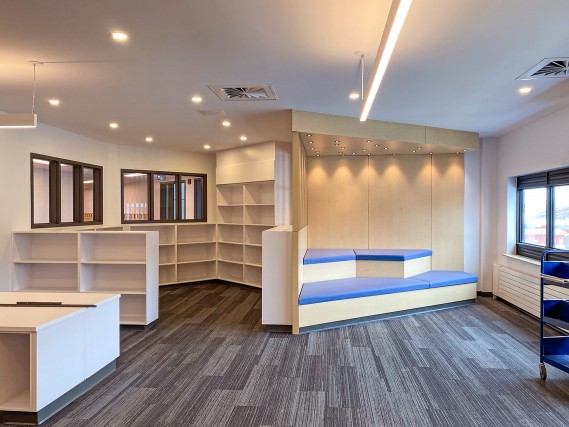
The MÉES school improvement program is designed to contribute to student success and sustainable development (asset maintenance savings, operating savings, and eco-responsibility). Key strategies the firm undertook at Ikusik School include treating the façade in a way that creates a welcoming school; enhancing access to the school to better identify and prioritize circulation; adding windows to maximize the intake of natural light; choosing durable and ultra-resistant materials; and developing interior play areas for students.
During project development, our team visited existing facilities and participated in meetings with students and teaching staff to understand their specific needs and propose appropriate architectural solutions.
